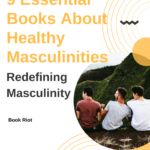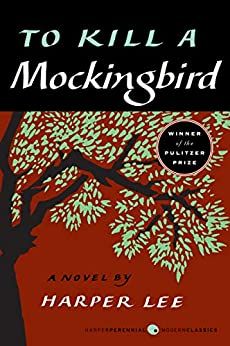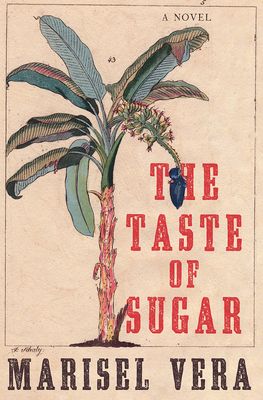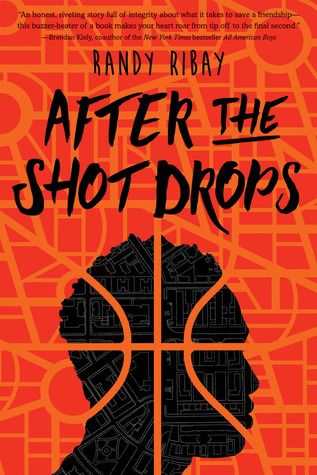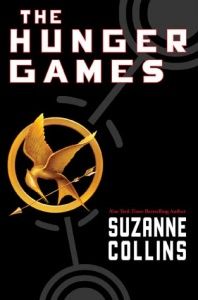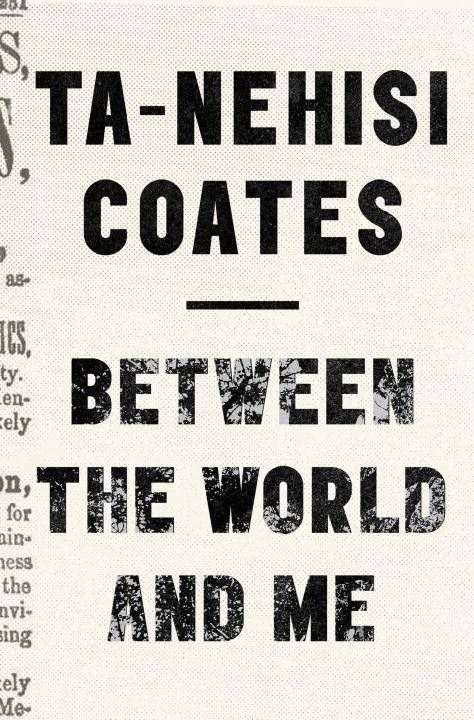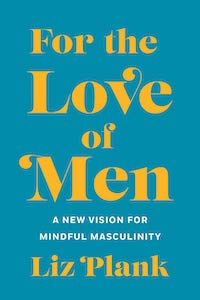My experience is a typical example of traditional masculinity. Like me, other boys and men have been told to “man up” and are even shamed when they become vulnerable. This makes them less open to having other male friends whom they can talk to about their poor emotional health. Hence, it’s not surprising that depression is common among men — thanks to a cycle of toxic masculinity. Below are nine books about healthy masculinities, ones that explore a wide range of masculinities and redefine what it means to be a man. This list is not definitive; there are many books out there that discuss healthy masculinities, but they are mostly written by white men. In this list, you can find books that feature role models of healthy masculinities, personalities that discuss the subject in-depth, and characters that embrace and celebrate male friendships.
Fiction Books About Healthy Masculinities
Adult
Young Adult
Nonfiction Books About Healthy Masculinities
I hope that by reading all the books books about healthy masculinities above, you get to understand that masculinity comes in all shapes and sizes. But it doesn’t stop there; find more books about healthy masculinities here: What’s special about it is the close friendship among the four; male friendship is one of the strongest themes of the book. The Sunday Times reports that author Yanagihara “had observed the relationship her colleague had with his close male friends from college. ‘The way they expressed their love and concern was often through joking, wrestling or punching. That didn’t mean there wasn’t a depth of feeling, but they were limited in how they could express it.’” This sums up how men these days express their affection toward their male friends. Another admirable aspect of the book is the friendship between gay and straight men. Three of them are not straight, and Malcolm, who is, loves and respects all of them as they are. Many straight men would shy away from having gay friends because of homophobia. Gay-straight friendships are just not common. But apparently, A Little Life shows that times are changing. Atticus Finch is a remarkable character in literature. He is compassionate, respectful, fair, wise, and humble. He is also a good role model to his children as he treats them well. Though he is ridiculed for defending Tom, he stands by his decision. “You never really understand a person until you consider things from his point of view — until you climb into his skin and walk around in it,” Lee writes as Finch. There’s nothing extraordinary between their romance, so we should steer the conversation toward Samuel instead. I think that he is a great man by being a good father to Elio. When Elio reveals to him that he and Oliver have a special relationship, Samuel doesn’t berate him for this revelation. Meanwhile in real life, some fathers might disown their sons for opening up about their sexuality; they might even physically abuse them. I know because there are a lot of similar cases where I live. Others might even kick their sons out of their households and even force them to sign up for “conversion therapy.” But not Samuel. He is very understanding of Elio’s struggles as a young man. Vicente is an exceptional character. He is very much different from his father, Raul, who is a womanizer. Though there are a lot of misfortunes in Vicente’s life — losing his family’s livelihood and two of his children — he doesn’t become aggressive and violent toward Valentina. In fact, he is protective of his family. “I would never do anything to hurt you or your family,” he tells her. It’s refreshing to encounter a character who, even after losing everything, still remains gentle. This is initially an example of harmful masculinity — presenting boys as emotionless individuals. That they can’t be open with each other. Ribay highlights this problem in this young adult book featuring boys of color. “[Bunny and Nasir’s] issues are grounded in this loneliness, and it seems so obvious that they could resolve their problems if only they knew how to communicate honestly, to be vulnerable with each other,” wrote Ribay in this Tumblr blog post. I won’t drop spoilers, but the conclusion demonstrates a positive masculinity. Her friend, and eventually lover, Peeta Mellark, is another role model who embodies a healthy kind of masculinity. He is not your usual macho tough guy, and he openly expresses his emotions. He is also gentle, respectful, sensitive, compassionate, and confident without being arrogant. I wish that there were more male characters like him in fiction and in real life. Between the World and Me also explores healthy, Black masculinity as Coates talks to his son about the struggles of young Black boys growing up in a racially-divided America. “I have no desire to make you ‘tough’ or ‘street,’ perhaps because any ‘toughness’ I garnered came reluctantly,” Coates addresses his son. “By analyzing Coates’s projection of his own role as a man and as a father as well as his complex and multifaceted representations of Black manhood…Coates promotes a caring masculinity and, most importantly, how he presents resistance to hegemonic notions of masculinity,” according to this study on Black masculinities of this book. In The Mask of Masculinity, he goes personal by discussing the various “masks” men wear: stoic, athletic, aggressive, sexual, joker, know-it-all, invincible, material, and alpha. “I’m going to be making my case for removing the masks of masculinity for the most selfish of reasons: It will make you better, make you happier, and make you more successful,” he writes. Howes means well, and his book advocates for positive masculinities. Plank uses research to back her conclusions on this sensitive topic. This book is eye-opening and educational — a must-read. Healthy Masculinity: 14 Books About Gentle Boys 5 of the Best Books That Celebrate Male Friendships
